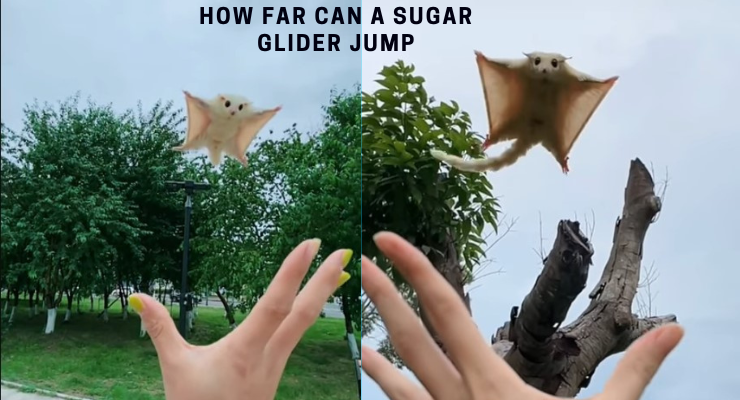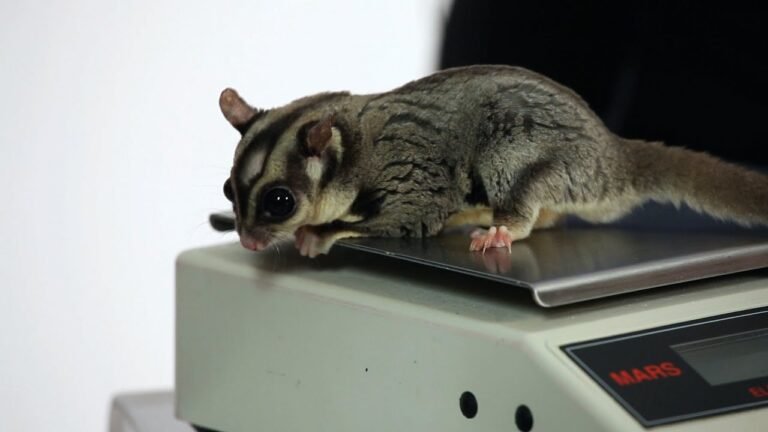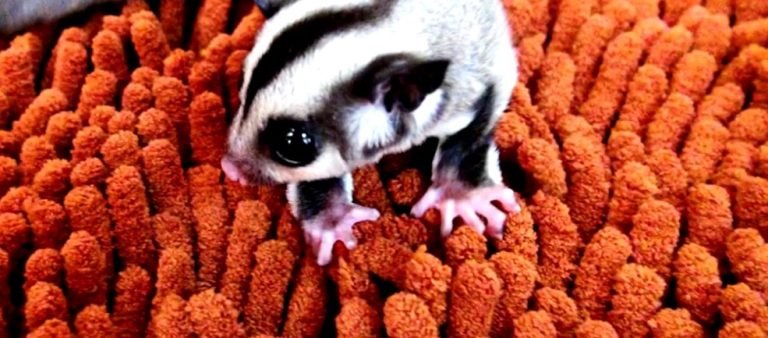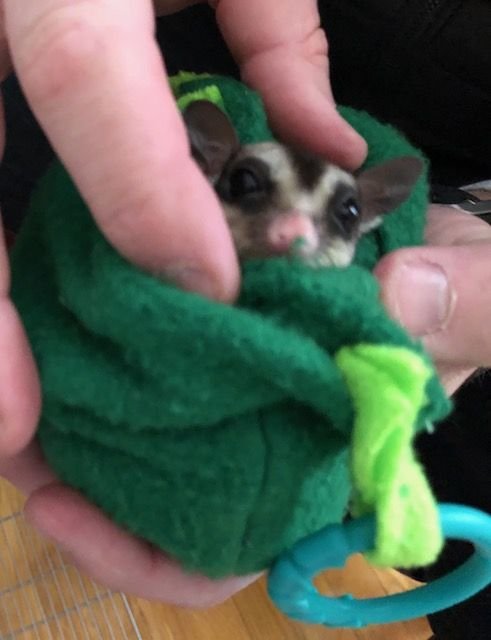How Far Can A Sugar Glider Jump
How Far Can a Sugar Glider Jump?
Sugar gliders are adorable little marsupials known for their ability to glide through the air. But just how far can these little creatures jump? If you’ve ever wondered about the impressive jumping capabilities of sugar gliders, you’re in the right place. In this article, we’ll explore the fascinating world of sugar gliders and delve into their jumping abilities.
Sugar gliders, native to Australia, New Guinea, and Indonesia, are small and agile creatures that belong to the same family as kangaroos. They are known for their ability to glide from tree to tree, using the flap of skin between their wrists and ankles, called the patagium. This unique adaptation allows them to glide through the air with ease.
How Far Can Sugar Gliders Jump?
Sugar gliders are capable of jumping remarkable distances for their size. On average, a sugar glider can jump anywhere from 30 to 50 feet in a single glide. However, this distance can vary depending on factors such as the height from which they start their glide, the angle of descent, and their body condition.
Sugar gliders are adept at using their tails as rudders to control the direction and speed of their glide. They can maneuver themselves in mid-air and change their glide trajectory to reach their desired landing spot. It’s truly a marvel to witness these tiny creatures soaring through the treetops with such grace and precision.
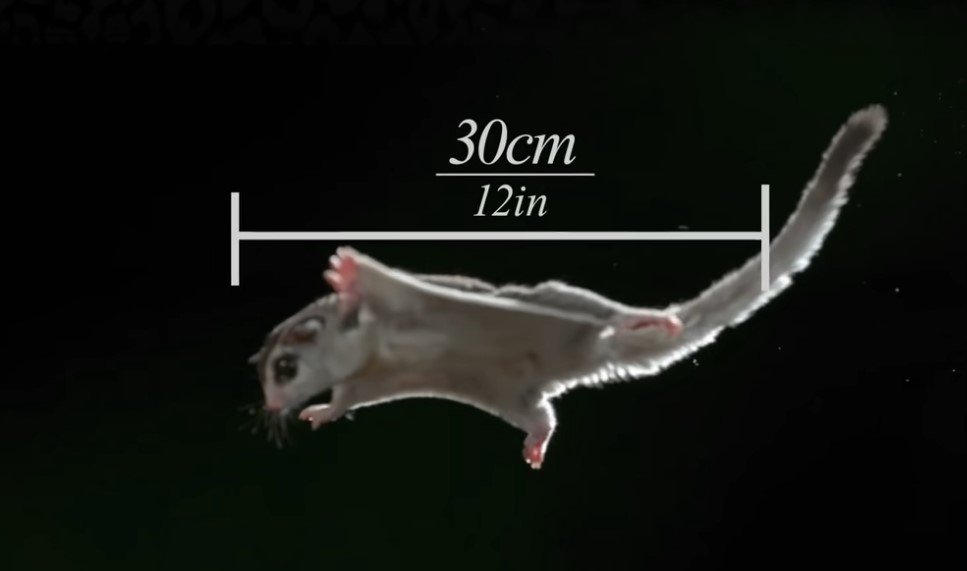
The Physics of Sugar Glider Jumps
To understand the impressive jumping abilities of sugar gliders, let’s dive into the physics behind their jumps. When a sugar glider prepares to take a leap, it first propels itself by pushing off with its hind legs. This initial force creates upward momentum and allows the glider to gain height.
Once in the air, the sugar glider extends its arms and legs, spreading out the patagium and forming a parachute-like shape. This increased surface area creates more drag, slowing down the glider’s descent and increasing its hang time. The sugar glider can control its glide by manipulating the position of its limbs, using its tail to adjust its trajectory.
The distance a sugar glider can jump depends on several factors, including the height it starts its glide from, the angle of descent, and its ability to maintain speed and maneuver mid-air. Experienced sugar gliders can cover impressive distances, effortlessly navigating their way from tree to tree in search of food and shelter.
The Benefits of Long-Distance Jumps
Sugar gliders have evolved to be highly efficient gliders due to the advantages it offers in their natural habitat. Here are a few benefits of their long-distance jumps:
1.Foraging Efficiency:
Sugar gliders can cover larger distances between trees to find food sources efficiently. Their gliding ability allows them to access food in different parts of their territory without expending too much energy.
2.Predator Avoidance:
Gliding from tree to tree allows sugar gliders to avoid ground-based predators that may pose a threat to them. By staying off the ground, they can reduce the risk of being caught by predators such as snakes or other small mammals.
3.Mating Opportunities:
Long-distance jumps enable sugar gliders to reach potential mates residing in different areas. This increases genetic diversity within their population and ensures the survival of the species.
4.Dispersal:
Gliding long distances facilitates the dispersal of sugar gliders to new territories. This helps reduce competition for resources within their home range and promotes the establishment of new colonies.
Frequently Asked Questions
Q: Can sugar gliders jump higher than they can glide?
While sugar gliders have powerful hind legs that allow them to jump great distances vertically, their gliding ability far surpasses their jumping capability. Gliding enables them to cover much greater distances and navigate through the forest canopy with ease.
Q: How do sugar gliders land after a glide?
Sugar gliders have a remarkable landing technique. As they approach their landing spot, they extend their limbs forward and use their tail as a brake. They absorb the impact with their legs and quickly scurry up the tree to avoid any potential ground-based threats.
Q: Are there any risks involved in sugar glider gliding?
Gliding is a natural behavior for sugar gliders and is generally a safe mode of transportation for them. However, there are risks involved, such as collision with branches or other obstacles mid-flight. Sugar gliders rely on their agility and quick reflexes to navigate through the air and avoid any potential hazards.
Final Thoughts
The jumping abilities of sugar gliders are nothing short of extraordinary. These amazing creatures have evolved to become proficient gliders, allowing them to navigate their forest habitat with ease. Gliding is not only an efficient mode of transportation for them but also offers numerous benefits, including foraging efficiency, predator avoidance, and mating opportunities.
Next time you spot a sugar glider gracefully gliding through the air, take a moment to appreciate the incredible physics and natural adaptations that allow these small marsupials to cover such impressive distances. It’s a true testament to the wonders of the animal kingdom and the diversity of life on our planet.

